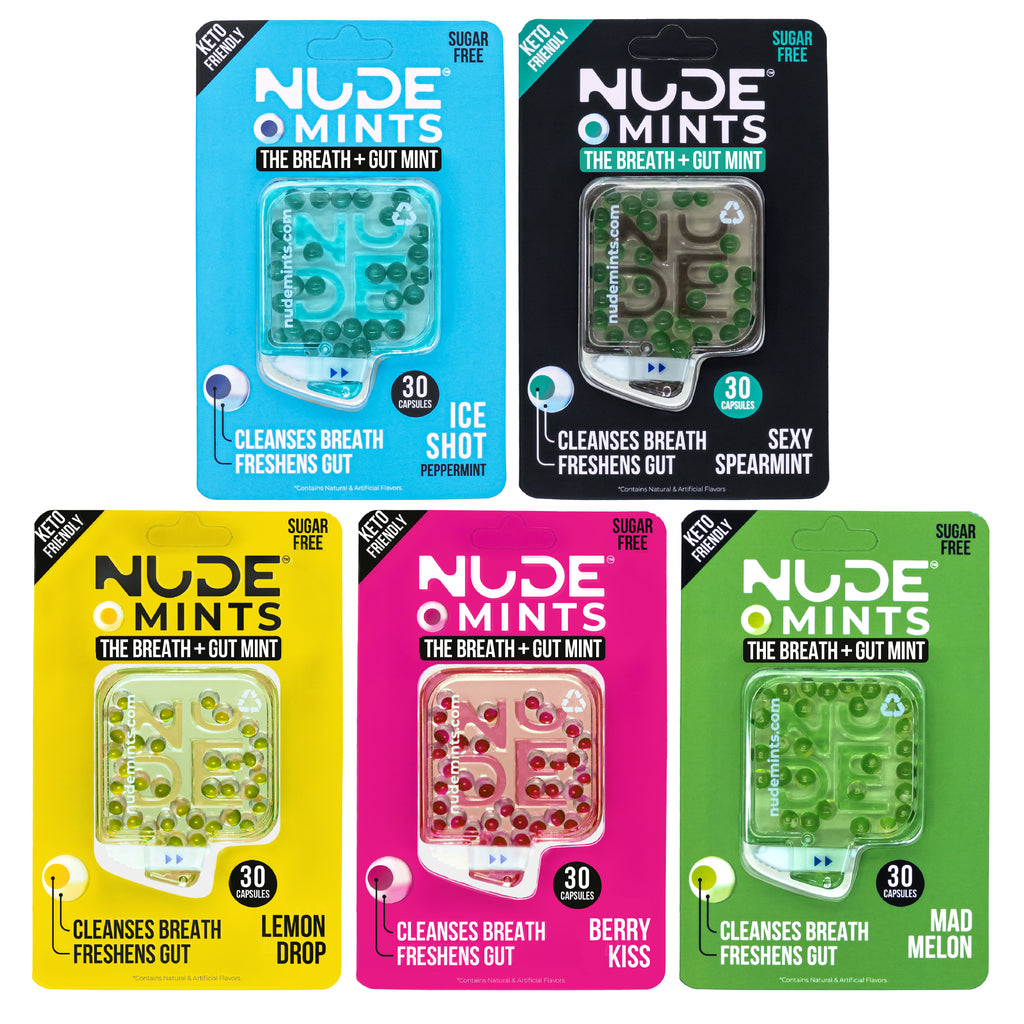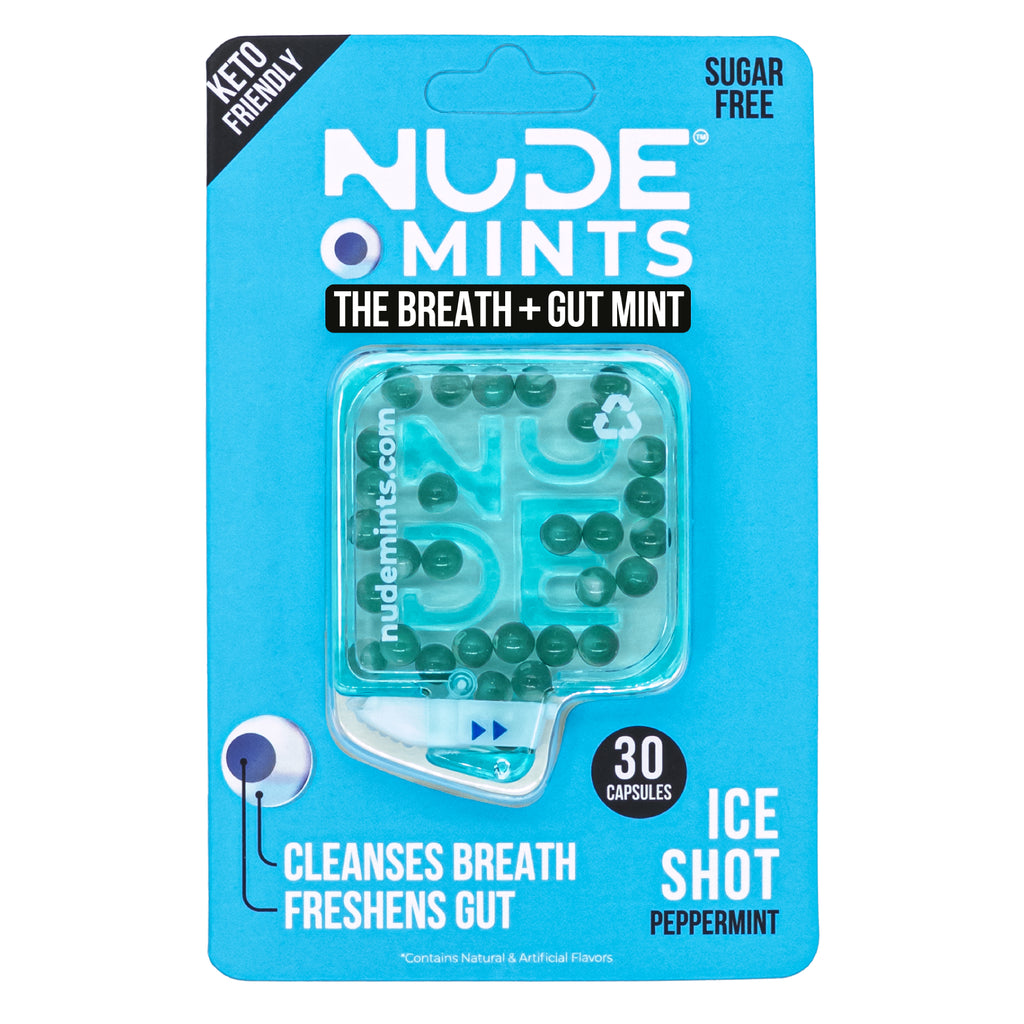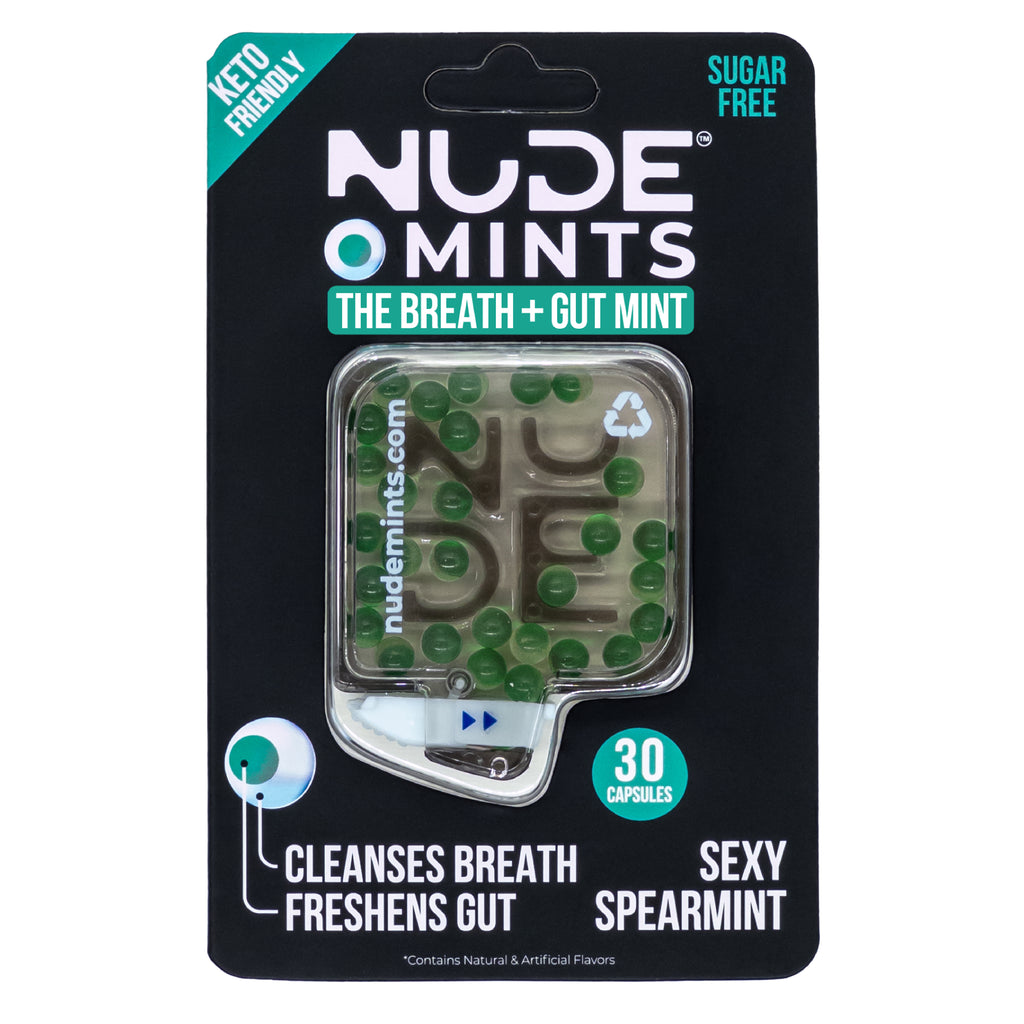How Long Should I Keep My Toothbrush?
-
Most of us know our toothbrushes aren’t meant to be ours endlessly. However, it may be arduous to determine when our beloved bristles are nearing the tip of their pure lifespan. You are perhaps shocked to seek out out that based on producer tips and dentist suggestions. Your toothbrush must be changed each 12 to 16 weeks.
There are additionally circumstances if you may want to switch your toothbrush sooner. For those who don’t substitute a toothbrush or digital toothbrush head when it must be, it might have an effect on your dental health and unfold an infection.
How typically must you change toothbrushes?
Your toothbrush is your first line of protection towards the bacteria that trigger gum illness, tooth decay, and bad breath. Straight bristles and a clear and easy-to-grip deal with are finest to navigate the smaller areas in your mouth. A tender bristle brush will successfully take away previous food and bacteria that may acquire across the bases of your teeth.
For those who observe the usual suggestion of brushing your teeth for 2 minutes twice per day. You’re already taking steps to guard your teeth against cavities. Brushing your teeth between every meal and after a sugary snack is an additional step you’ll be able to take to be proactive about stopping tooth decay.
Brushing two or extra occasions per day continues to be thought-about customary for a guide toothbrush. At this charge of use, the bristles in your brush will begin to fall out and change into mangled or twisted inside about three months.
The Facilities for Illness Prevention and Management (CDC) additionally advise you to switch your toothbrush each 3 to 4 months, or every time it seems to be getting worn out.
As soon as the bristles in your toothbrush begin to lose their stiffness, the toothbrush is nearly prepared for the trash. Without bristles that brush apart food and plaque, your toothbrush shortly loses its effectivity.
How typically must you change an electric toothbrush head?
Electric toothbrush heads clear the floor space of your teeth by shortly rotating or vibrating. These toothbrush heads nonetheless have nylon bristles that may put on after common use. What’s extra, these bristles are shorter, which signifies that they might fray extra shortly.
Plan to vary out the toothbrush head in your digital toothbrush every 12 weeks, and even earlier. Look ahead to indicators of damage and tear on the bristles to know when it’s time to say goodbye to a brush head.
Different causes to change your toothbrush
For those who or a member of the family have been sick, it’s a good suggestion to switch your toothbrush in addition to the toothbrush of everybody else in your family. Viral and bacterial infections reminiscent of strep throat are of specific concern and are cause to modify your previous toothbrush for a brand new one.
If anybody else makes use of your toothbrush by mistake, eliminate it. It’s higher to be protected than sorry, and everybody’s mouth harbors completely different bacteria than yours.
Learn how to deal with your toothbrush
To take advantage of out of your toothbrush, deal with it the best way you’ll any private grooming or hygiene software. Don’t share your toothbrush with another person, even members of your fast household. In case your toothbrush is saved in a cup or container with different toothbrushes, strive to not let the heads contact one another.
After brushing, rinse your toothbrush utterly with faucet water. You don’t want to make use of a disinfectant, mouthwash, or scorching water to sanitize it. Attempting to “sanitize” a toothbrush on this method can really spread germs.
You additionally don’t want a particular closed container to maintain your toothbrush clean when it’s not in use. A few of these containers can encourage mildew progress or unfold bacteria.
Dangers in utilizing a toothbrush past its really useful lifespan
Each time you employ your toothbrush, the nylon bristles are uncovered to water and chemical compounds out of your toothpaste. This makes the bristles just a little weaker with every use. The bristles bend and twist into a brand new form, which is called “bristle flaring.”
A 2013 study confirmed that after 40 days of constant use, bristle flaring begins to make your toothbrush much less efficient. Examine contributors who didn’t substitute their toothbrushes on the 40th day of use skilled significantly extra plaque buildup.
Not less than two earlier research on worn toothbrush heads confirmed that older toothbrushes are a lot much less environment friendly at eradicating plaque, which is the reason for gum illness and tooth decay.
Takeaway
Your toothbrush is a crucial oral hygiene software. To keep up your toothbrush and take advantage of its lifespan, use solely your individual toothbrush and retailer it upright and let it air dry.
Plan to switch the toothbrushes of each particular person in your loved ones each three to four months, and mark your calendar on the date of the acquisition so that you bear in mind when it’s time to switch them once more.
Grab Some NUDE Mints Today
For fresher breath after knowing how long you keep a toothbrush, there are NUDE mints for you. Made with novel technology from Japan, you’ll get instant fresh breath and a confidence boost. Buy a pack of NUDE mints available in Ice Shot, Berry Kiss, Citrus Squeeze, Lemon Drop and Mad Melon.
Get the freshest news on your favorite mouth cleanser and gut freshener!
Read More
-
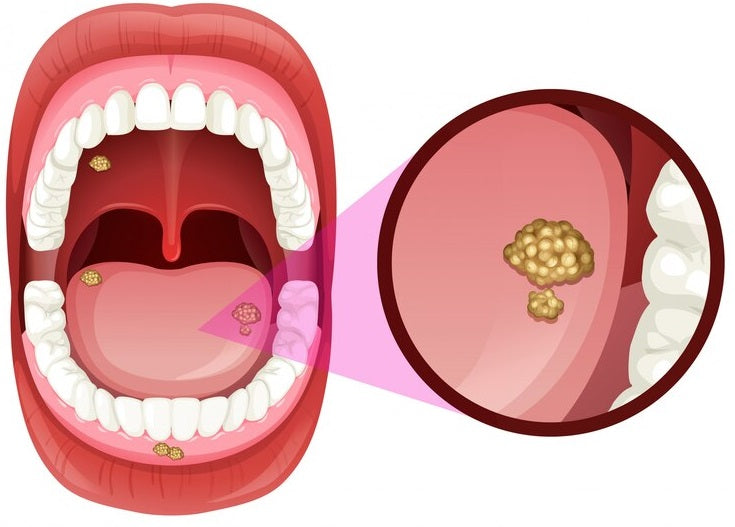
Halitosis: Understanding the Causes, Diagnosis, and Treatment for Fresh Breath
Halitosis, commonly known as bad breath, is a condition that affects a large number of people worldwide. It can be an embarrassing and isolating experience, but it is important to know that it is a common problem and that there are effective treatments available. In this article, we will discuss the causes, diagnosis, and treatment of halitosis. Causes of Halitosis Halitosis can have several causes, both internal and external. The most common causes include poor oral hygiene, dry mouth, certain foods and drinks, smoking, and certain medical conditions. Poor Oral Hygiene Poor oral hygiene is the most common cause of halitosis. When food particles and bacteria build up in the mouth, they can cause an unpleasant odor. Brushing and flossing...
-
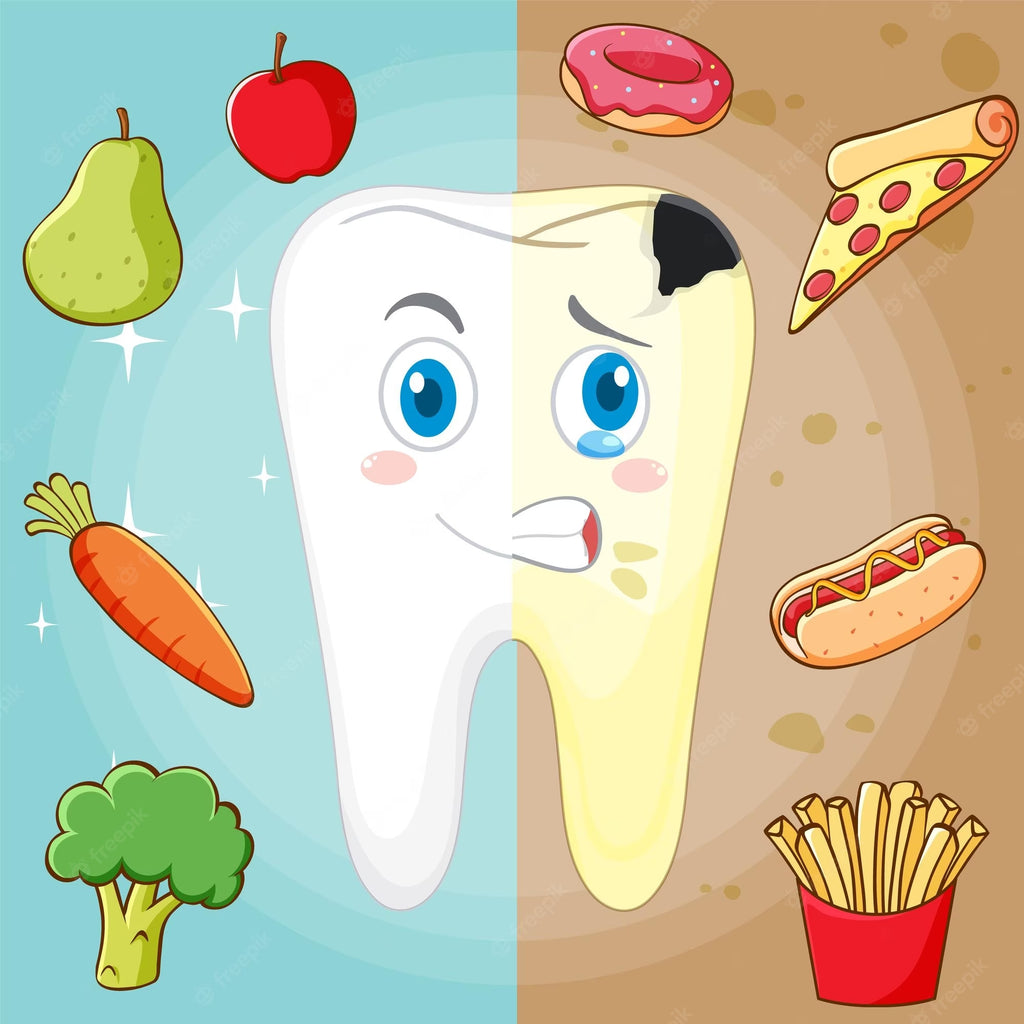
Crucial Connection Between Nutrition and Oral Health: Guide for Better Dental Care
As a dental health professional, we understand the importance of maintaining good oral hygiene to prevent cavities and gum disease. Brushing twice a day and flossing daily are essential habits, but did you know that nutrition also plays a crucial role in keeping your mouth healthy? In this article, we will explore the connection between nutrition and oral health and how you can make better food choices to support your dental health. How Nutrition Affects Oral Health Your diet can impact your oral health in many ways. A diet high in sugary and acidic foods can increase the risk of tooth decay and gum disease. When you eat sugary foods, the bacteria in your mouth feed on the sugar and...
-
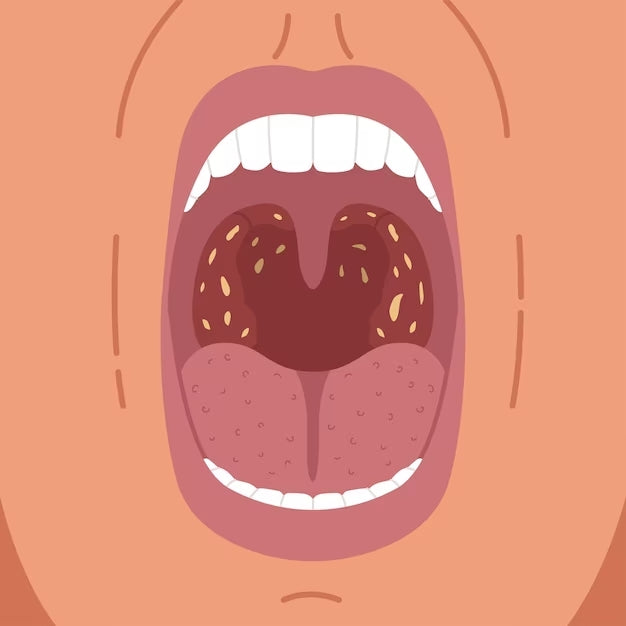
How to Treat Bad Breath Caused by Dry Mouth
Do you ever feel self-conscious about your breath? Do people avoid talking to you because of bad breath? Dry mouth, also known as xerostomia, can cause bad breath and make social interactions uncomfortable. In this article, we will discuss what causes dry mouth, how it leads to bad breath, and what you can do to treat it. Table of Contents What is dry mouth? Causes of dry mouth How dry mouth causes bad breath Signs and symptoms of dry mouth Diagnosis of dry mouth Treating dry mouth Home remedies for dry mouth Professional treatments for dry mouth Tips for maintaining oral hygiene Foods and drinks to avoid with dry mouth Conclusion FAQs What is dry mouth? Dry mouth occurs when...
-
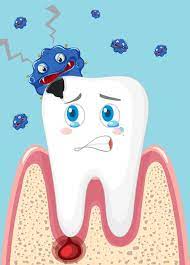
The Relationship Between Diabetes and Gum Disease: Understanding the Link
Diabetes and gum disease are two conditions that may seem unrelated, but research has shown that they are actually closely linked. In fact, individuals with diabetes are more likely to develop gum disease, and those with gum disease are more likely to have difficulty controlling their blood sugar levels. This article will explore the connection between diabetes and gum disease, and provide insights on how you can reduce your risk of developing both. The Relationship Between Diabetes and Gum Disease Diabetes is a condition that affects the body's ability to produce or respond to insulin, a hormone that regulates blood sugar levels. When blood sugar levels are consistently high, it can lead to a range of health complications, including nerve...
